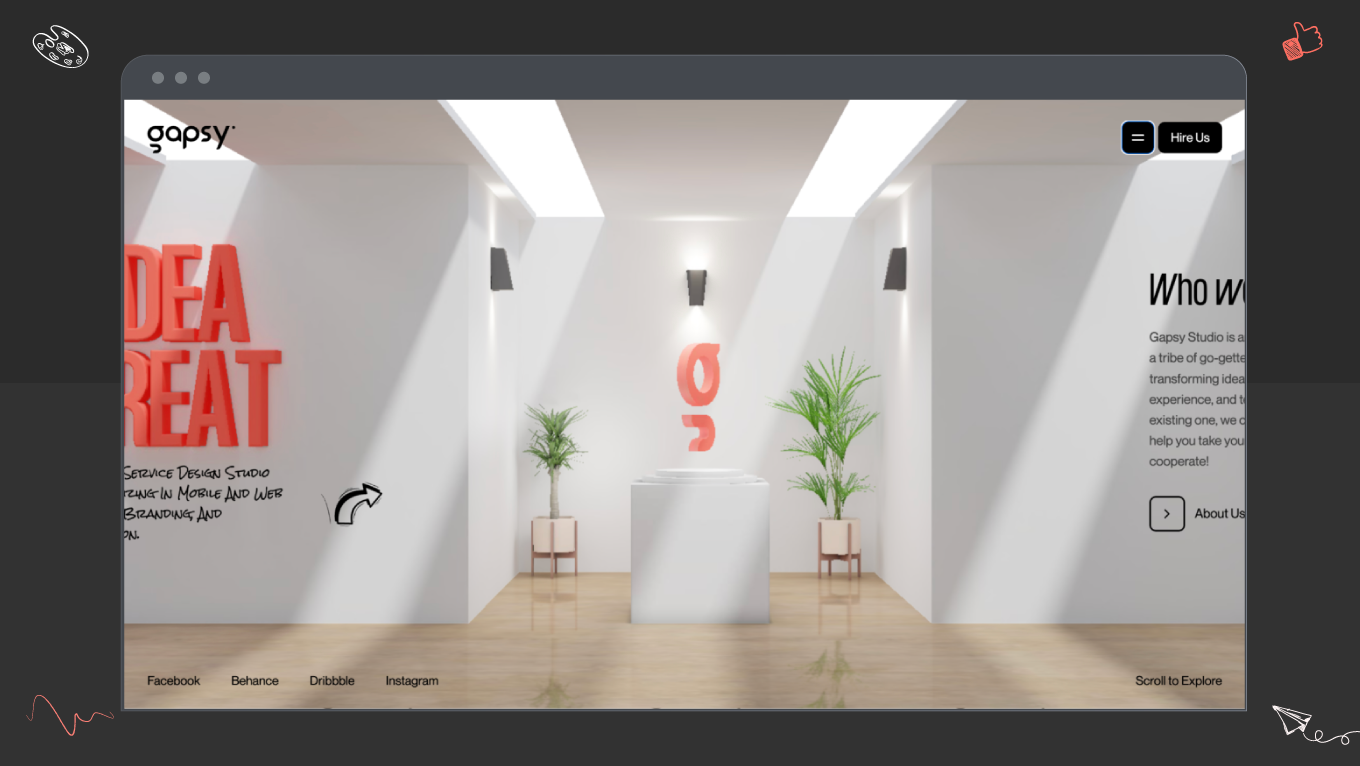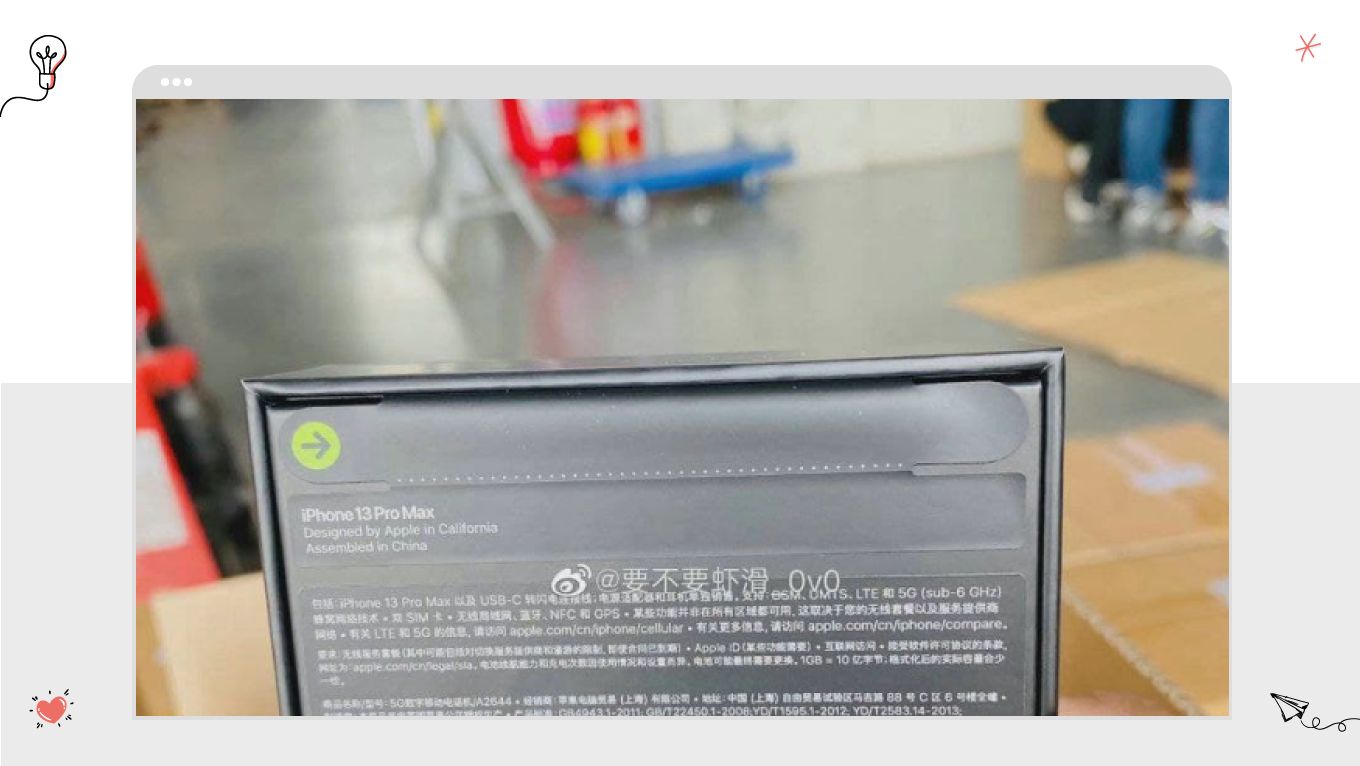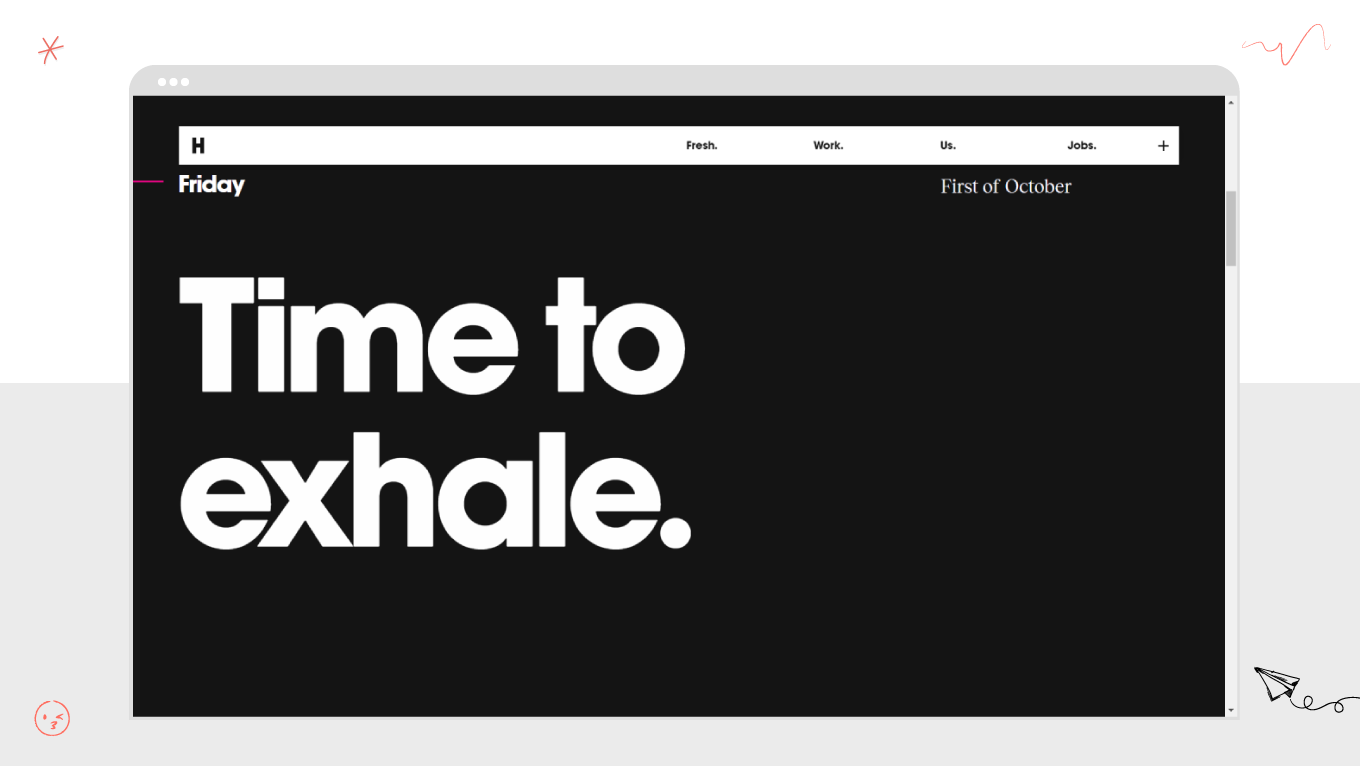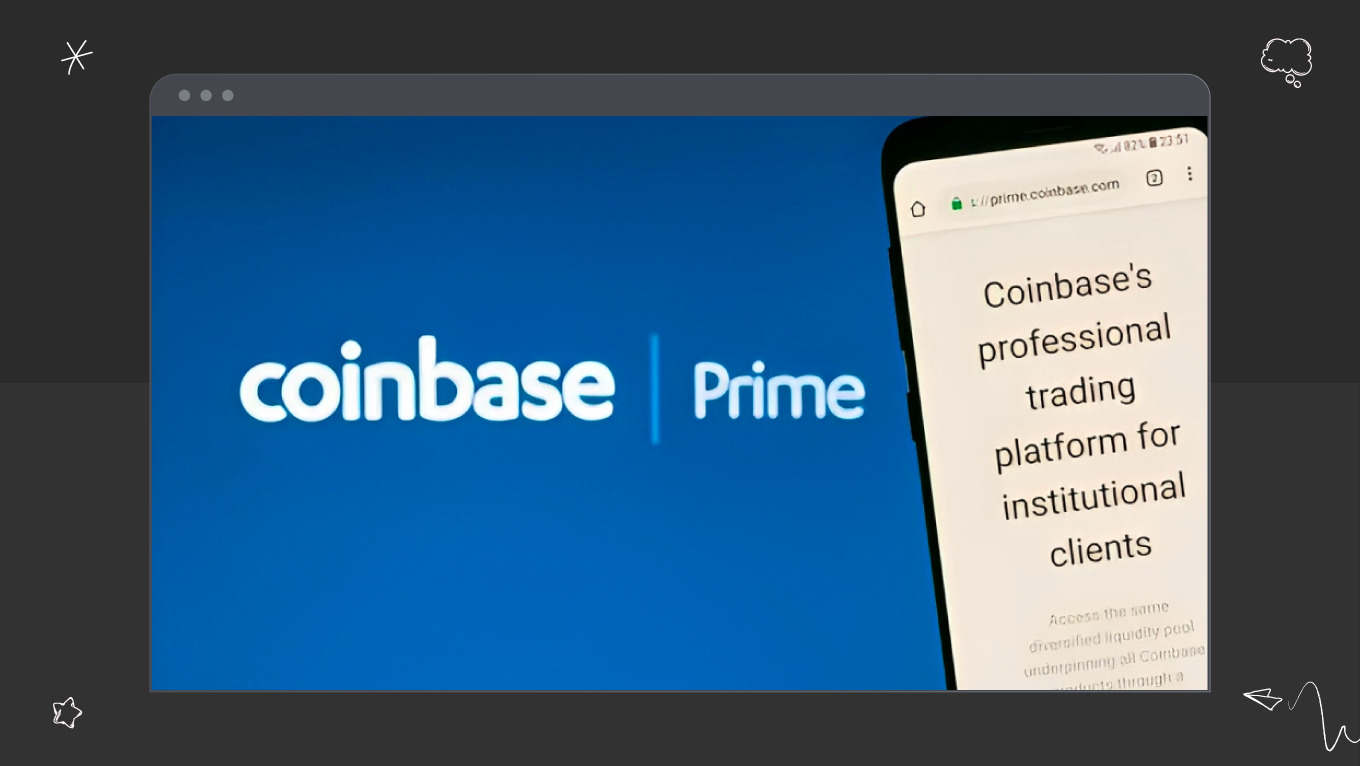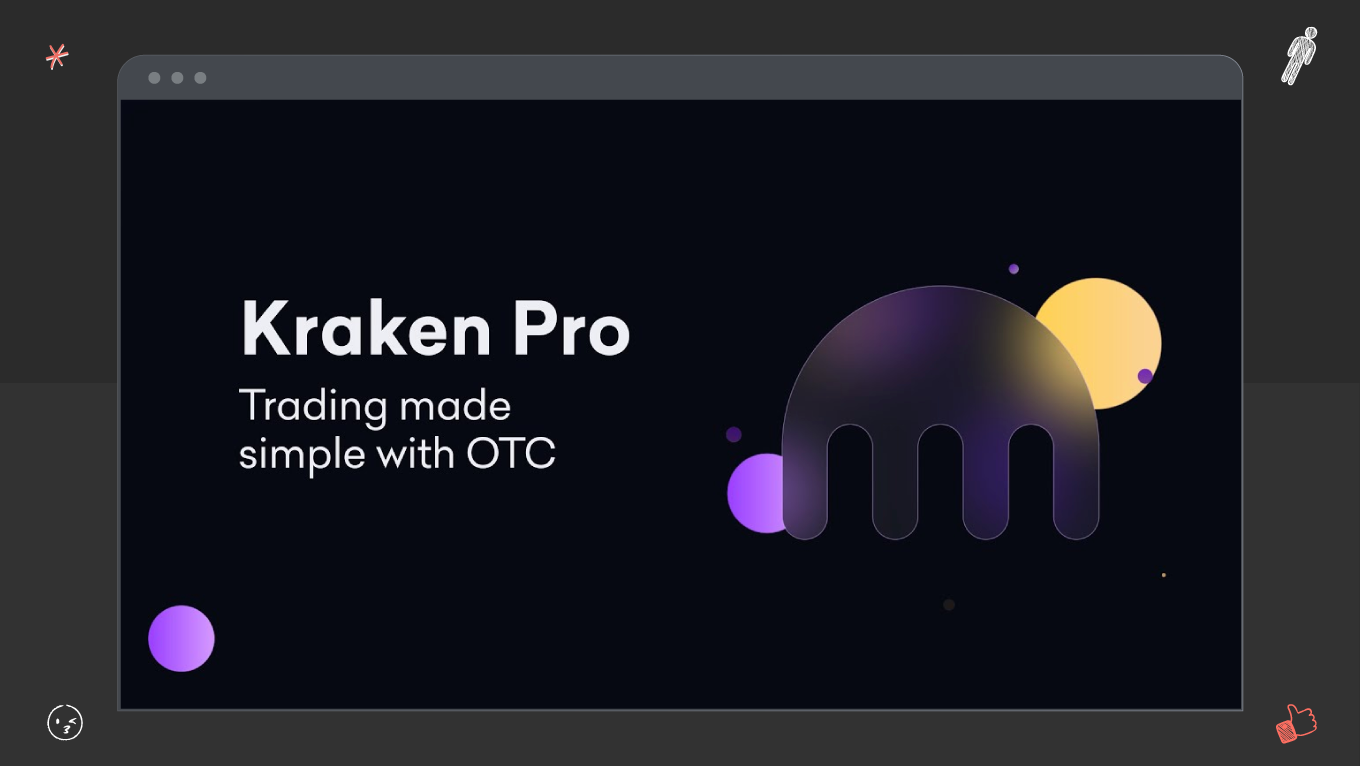In the dynamic digital age, having a compelling online presence is paramount, and what better way to achieve this than by creating a blog that resonates with your audience? At Gapsy Studio, we specialize in crafting digital experiences that are not just visually stunning but also user-centric, and today, we're here to guide you on the enthralling journey of creating a blog using Webflow. Whether you are a seasoned professional or a budding entrepreneur, this comprehensive guide will provide you with insights, tips, and step-by-step instructions, revealing how the expertise at Gapsy webflow development agency can help you leverage Webflow’s versatile platform to bring your blogging vision to life!


